Invite Clean Water Future Speaker
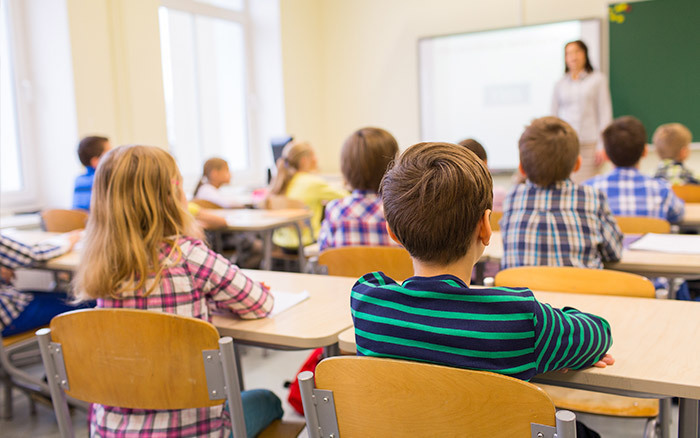
Create a Clean Water Future has several engaging speakers who would be willing to come to your entire school, class, or club.

Switching from EPS Foam containers and plastic utensils to reusable trays, cups, plates, and utensils can make a big difference.
A recent scientific study states, Our estimate of plastic waste entering the ocean is one to three orders of magnitude greater than the reported mass of floating plastic debris in high-concentration ocean gyres and also globally. (Science, 2015).
Debris on Dauphin Island Beach - Photo by Caitlin Wesse
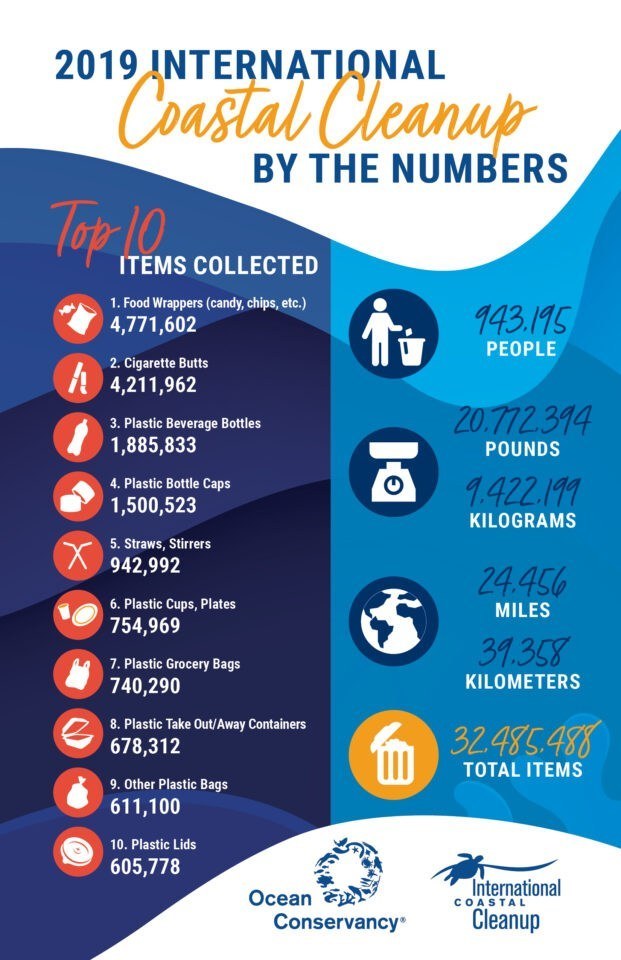
In 2019 as part of the International Coastal Cleanup, volunteers recovered over 754,969 plastic cups and plates the majority of which were made from EPS foam (Ocean Conservancy, 2020).
When pieces of plastic foam (such as polystyrene) enter our waterways, wind and waves break them into smaller and smaller pieces until they are almost invisible to the naked eye. These microplastics (any plastic piece less than 5mm in size) can be ingested by a variety of marine life including invertebrates (e.g., oysters, mussels) and fish that feed on plankton and other microparticulates. The plastic can cause direct and indirect damage to these organisms leading to losses in important species in the ecosystem. Also the chemicals from which the plastics are derived can have negative impacts on marine organisms, causing toxicity and disruption to reproduction, which has significant implications for the entire food web (AccessScience, 2014).
Photo by Phyrexian- CC BY-SA 3.0
Polystyrene foam is often found lodged in the intestines of marine animals causing blockages from eating the wrong thing. This often leads to death. (BBC, 2015)
EPS foam fragments recovered from Dauphin Island. Picture by Caitlin Wessel

School districts across the country are ditching polystyrene tray for a school lunch dish that is made from recycled newsprint and can be turned into compost (Washington Post, 2015)
Photo by Urban School Food Alliance
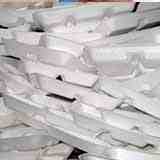
Mobile County School System with its 59,000 students produces approximately 334,000 pounds of styrofoam waste every year just from styrofoam lunch trays. (assuming .4oz tray weight and 1 tray/student for 180 school days)
Photo by SOSNYC Blog
Washable trays, cups, and utensils can save significant money and energy instead of disposable polystyrene foam or single-use plastic.
Divided Six Compartment Meal Tray (12 pack) from Amazon
There are many alternatives to polystyrene for food trays. Pick one and incorporate a composting program at your school to cut down on the amount of waste your school creates.
ECO Disposable Food Tray from Green Paper Products
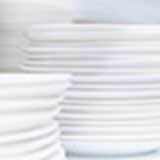
Reusable dishware uses far less energy and resources over its lifetime – often thousands of uses in a restaurant or home setting – than its disposable counterparts.
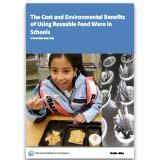
A Minnesota case study by MN Pollution Control Agency:
"[For the two schools s]witching from disposable plastic knives forks and spoons to reusable stainless utensils and from Styrofoam bowls to durable reusable plastic bowls resulted in first year cost savings of about $3,000 and on-site waste prevention of almost 6,000 lb (3,000 lb per year per school)".
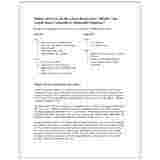
Should your school choose reusable or disposable dishware? - www.thegreenteam.org -
"A study of dishware options in 7 schools in Missouri and Alabama found that using reusable compartment trays consumed the least amount of energy, produced the lowest amount of solid waste, produced the lowest greenhouse gas emissions, and was also the least expensive option."

Create a Clean Water Future has several engaging speakers who would be willing to come to your entire school, class, or club.
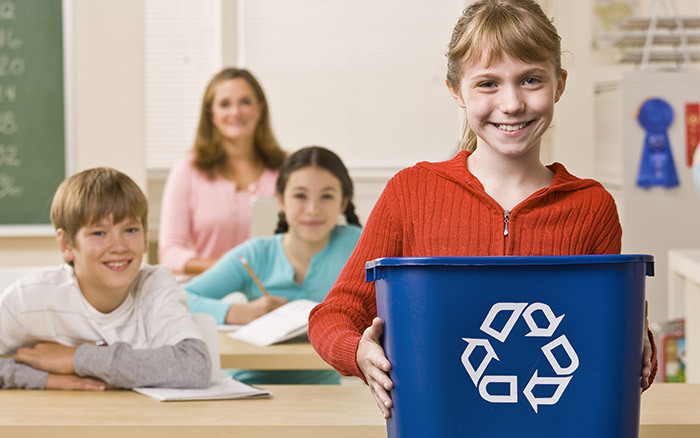
Recycling teaches positive behaviors that help keep plastic bottles and cans out of our waters.
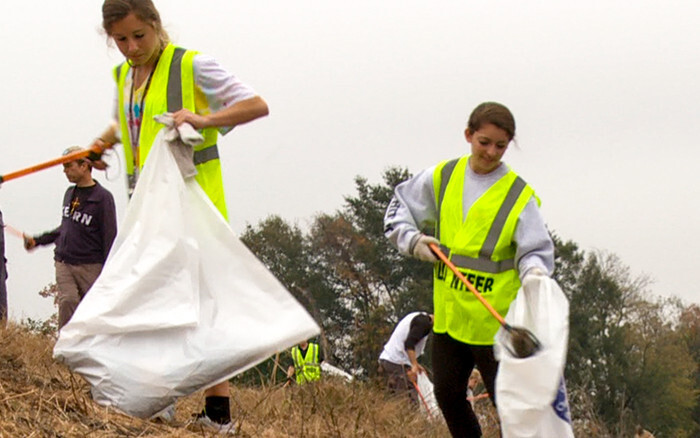
Community cleanups are a social, hands-on way that teens can help cleanup the litter and debris that gets washed down storm drains and into our waterways where it can pollute the water and injure marine creatures.
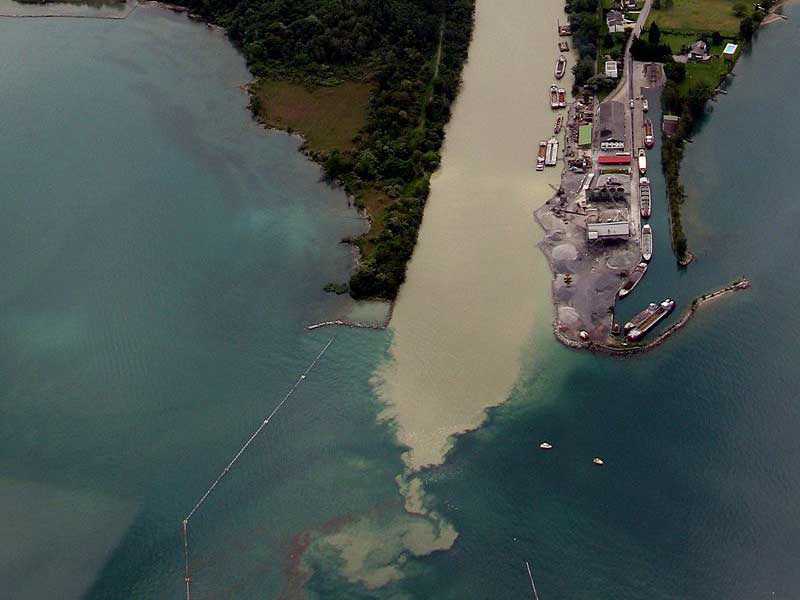
When water rushes off hardened surfaces, erosion of sediments degrade water conditions and smother and disrupt seagrass growth and the habitat for benthic organisms they provide.
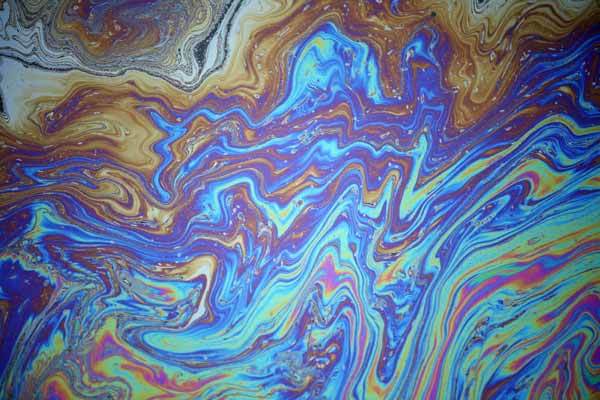
Compounds like oil, grease, and heavy metals take a long time to break down and threaten the health of both aquatic and human life.
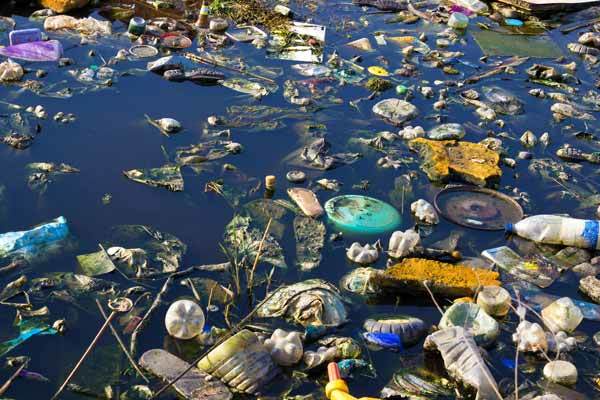
Litter is not only unsightly, but it also causes a variety of problems to the ecosystem as it enters our waters where it is often is mistaken for food by fish and invertebrates.
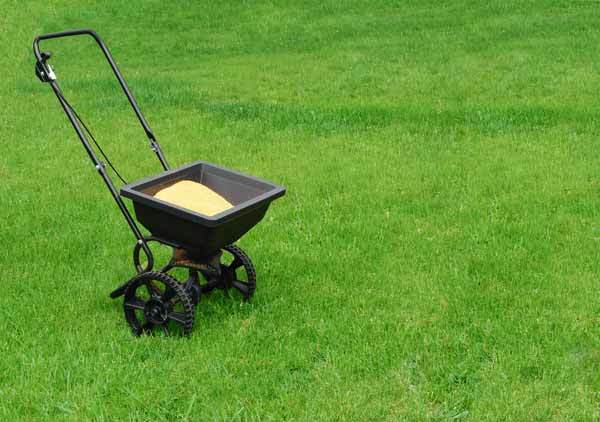
Too much fertilizer, pet waste, and other nutrients in our water often lead to serious problems like lowering dissolved oxygen levels, preventing seagrass growth, and killing fish.
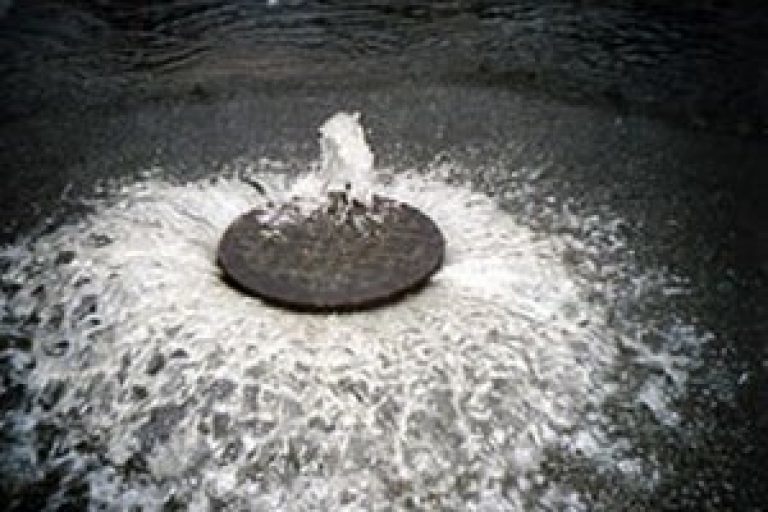
Disease-causing microorganisms, including bacteria, viruses, and other single-celled organisms, are referred to as pathogens, some, like Salmonella, cause human health problems.
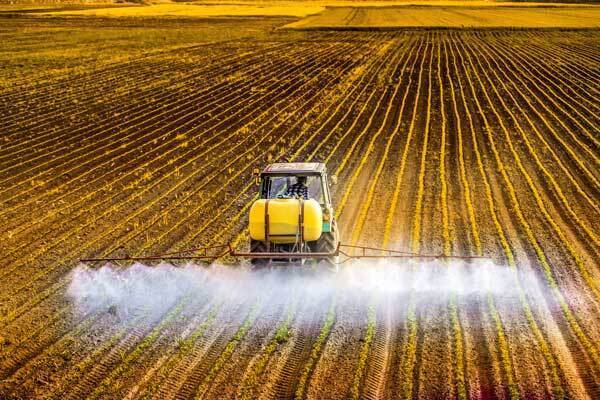
While pesticides are designed to be toxic to certain organisms, they can often be harmful and kill other species in the marine system that are important for the entire ecosystem.